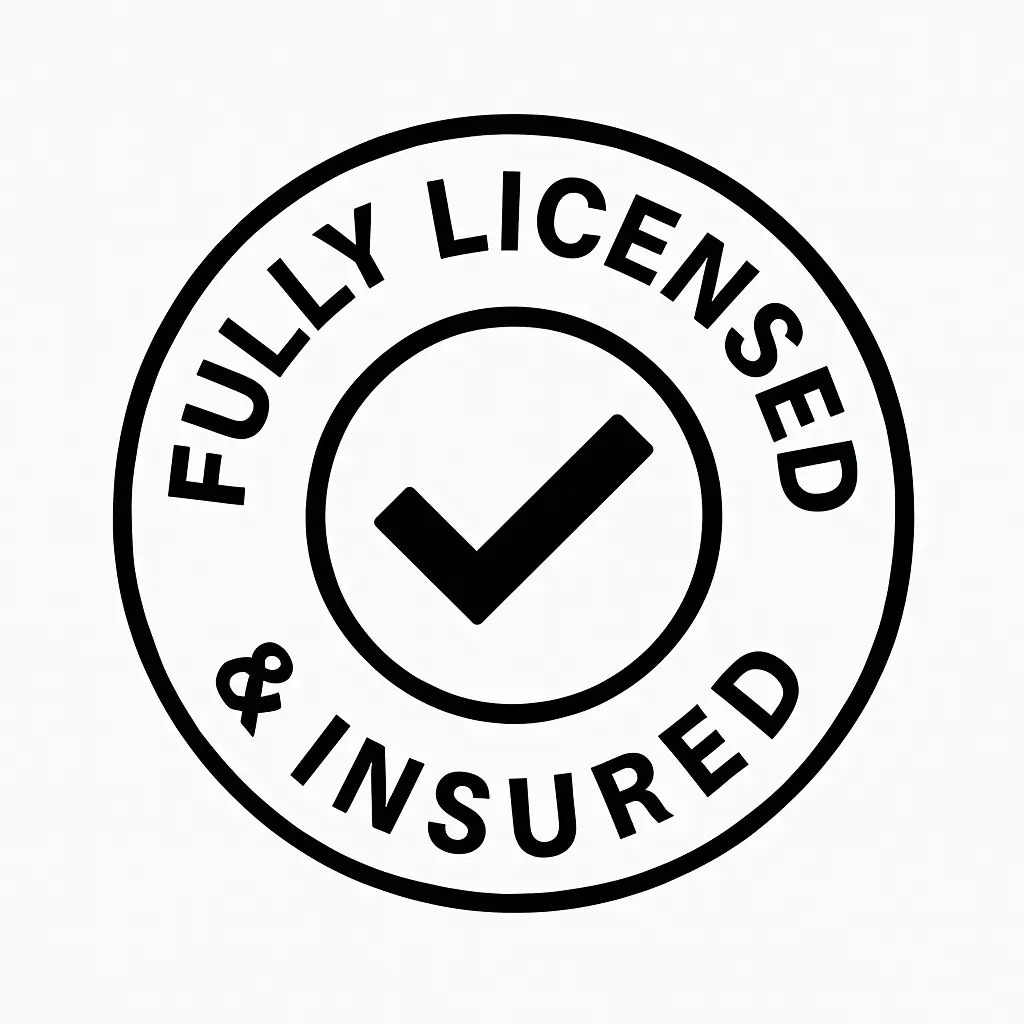Tree care is essential for keeping landscapes beautiful and trees healthy, and it often includes two primary practices: pruning and trimming. While these terms are frequently used interchangeably, they serve distinct purposes and involve different techniques. Knowing the differences is crucial for maintaining the health and aesthetics of trees and shrubs. In this post, we’ll explore the unique purposes of pruning and trimming, the benefits of each, and when to consider these practices to keep your trees in top shape.
Definitions of Pruning and Trimming
Tree Pruning
Pruning is a specialized technique focused on enhancing the health and structure of a tree. It involves the selective removal of branches, especially those that are dead, diseased, or damaged. By removing these compromised branches, pruning promotes healthy growth, improves air circulation, and allows sunlight to penetrate the canopy more effectively. Pruning can also be used to correct structural issues, encourage flowering, and, in some cases, boost fruit production.
Tree Trimming
Trimming, on the other hand, centers primarily on the aesthetic aspects of a tree or shrub. It involves cutting back overgrown branches to maintain a desired shape or size. Often less intensive than pruning, trimming is typically performed to keep a tree looking neat and to control its growth for visual appeal, rather than for health reasons. Trimming is also essential for ensuring branches don’t interfere with nearby structures or power lines.
Key Differences Between Pruning and Trimming
Signs That You Might Need to Trim or Prune Your Trees
Here are some signs that might indicate your trees may need trimming or pruning:
- Broken or Damaged Branches:
- If you notice any branches that are broken, splintering, or bowing, they should be pruned immediately. These branches can become hazardous and may fall, especially after storms or heavy winds.
- Dead or Dying Limbs:
- Look for dead branches or sections of the trunk that appear lifeless. Deadwood can indicate serious health issues, such as disease or pest infestations, and should be removed to prevent further decay.
- Overly Dense Canopy:
- If the branches are so thick that you cannot see through them, it’s time to trim. A dense canopy can lead to weak branches that are more likely to break during storms.
- Crossing or Rubbing Branches:
- Branches that cross each other can rub against one another, causing damage and increasing the risk of decay. Pruning these branches can help maintain the tree’s health.
- Poor Shape or Structure:
- If your tree has an irregular shape or appears misshapen, it may need pruning to encourage a more balanced growth pattern.
- Weak Branch Unions:
- Branches that do not form strong unions can be prone to breaking. Inspect for weak connections and consider pruning these branches to enhance stability.
- Excessive Growth:
- If a tree has grown too large for its space or is interfering with structures (like buildings or power lines), it’s necessary to trim it back to prevent potential hazards.
- Sunken Bark or Cankers:
- Sunken areas in the bark or missing bark patches can indicate disease. These should be assessed by a professional, as they may require immediate attention to prevent further issues.
- Signs of Disease:
- Look for unusual spots, cracks, or discoloration on branches. Diseased limbs should be pruned promptly to prevent the spread of illness throughout the tree.
- Too Much Shade:
- If the inner parts of the tree are not receiving enough sunlight due to thick foliage, trimming may be necessary to allow light penetration and promote healthy growth.
If you encounter significant issues or feel unsure about how to proceed, consulting an arborist is recommended for professional advice and assistance.
Benefits of Pruning and Trimming
Both pruning and trimming have unique benefits. Here’s how each contributes to tree health and landscape aesthetics:
Benefits of Pruning
- Promotes Strong Growth: By removing compromised branches, pruning encourages the growth of healthy, sturdy branches that enhance the tree’s structural integrity.
- Reduces Disease Risks: Pruning helps prevent the spread of disease by removing infected branches.
- Improves Air Circulation: Better airflow within the canopy can lower the likelihood of fungal infections and pests.
- Encourages Flowering and Fruit Production: For certain species, pruning can lead to increased flowering or fruit production by redirecting nutrients.
Benefits of Trimming
- Enhances Appearance: Trimming helps trees and shrubs maintain an attractive, well-groomed look that adds to the landscape’s overall appeal.
- Controls Size and Shape: Trimming manages the size of trees and shrubs, preventing them from overshadowing other plants or growing too close to buildings.
- Prevents Interference: Regular trimming keeps branches from encroaching on power lines, sidewalks, and other structures, maintaining safety.
Tree Trimming & Pruning
At Owens Brothers Tree Service we offer both tree pruning and tree trimming and have been serving the New York City metropolitan area since 1959. Please call for a free onsite estimate.





